Where X^_JW:
and delta_R_LV:
Where:
-All uppercase deltas and epsilon are constants
-R_WV is a 3,3 rotation matrix with 1000 samples
-R^_LV is a 3,3 constant rotation matrix
-I is a 3,3 rotation matrix
-Delta_R_LV is a 3,3 matrix we wish to solve for
-X_JLI is a 3,1 vector with 1000 samples
-T_LV is a 3,1 vector we wish to solve for
-T_VW is a 3,1 vector with 1000 samples
-X*_JW is a 3,1 vector with 1000 samples
I am having trouble understanding how to fit the 3,3 matrices with 1000 samples into a 2d form that would make sense to optimize upon. My idea was to flatten over the last dimension in order to then have matrices of dimension 1000,9 but I don't understand how these matrices could operate on a 3,1 vector.
I understand how the examples work for a vector of samples of dim (N,1) and how to turn something like this into a matrix via the example:
objective = cp.Minimize(cp.sum_squares(A*x - b))
constraints = [0 <= x, x <= 1]
prob = cp.Problem(objective, constraints)
# The optimal objective value is returned by `prob.solve()`.
result = prob.solve()
# The optimal value for x is stored in `x.value`.
print(x.value)
# The optimal Lagrange multiplier for a constraint is stored in
# `constraint.dual_value`.
print(constraints[0].dual_value)
x = cp.Variable((1275,3))
objective = cp.Minimize(cvx.sum_squares(A*x - b))
constraints = [0 <= x, x <= 1]
prob = cvx.Problem(objective, constraints)
There is also another example which may be closer to my problem in this link:
http://nbviewer.jupyter.org/github/cvxgrp/cvx_short_course/blob/master/intro/control.ipynb


